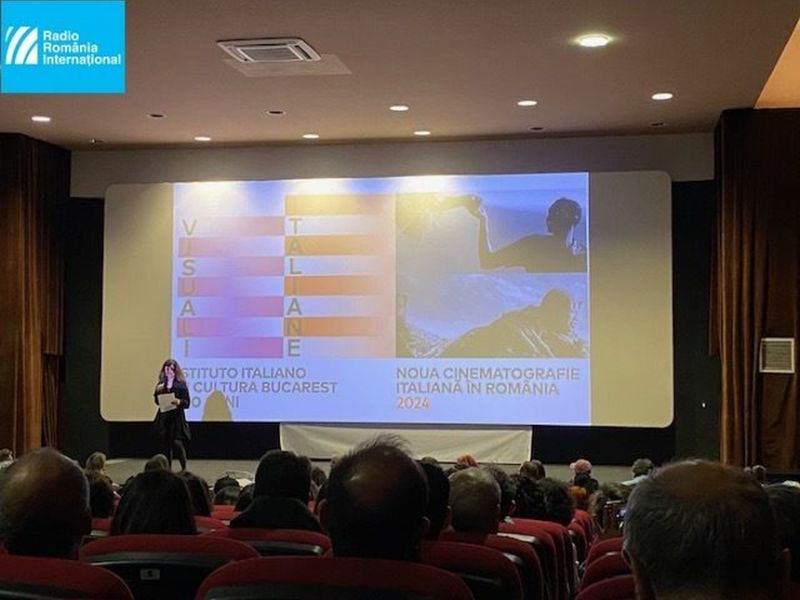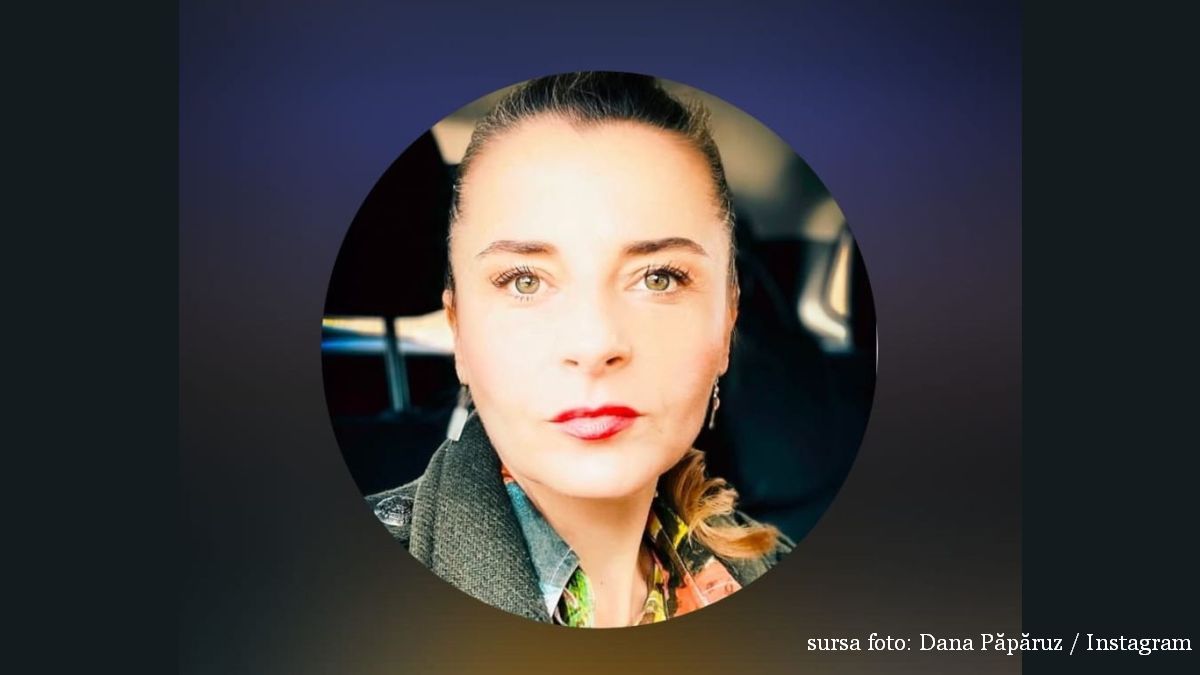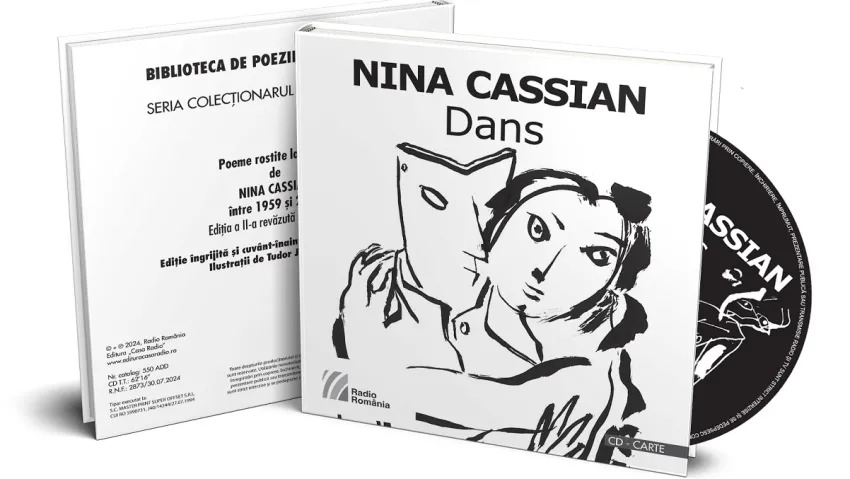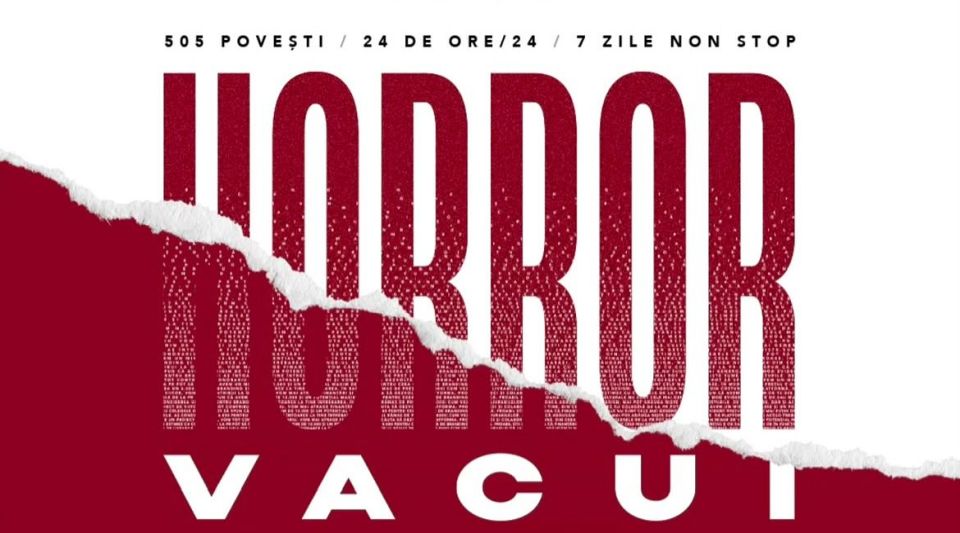Art Safari at 11th edition
Over 600 works of art have been exhibited for the general public in the Bucharest city center.
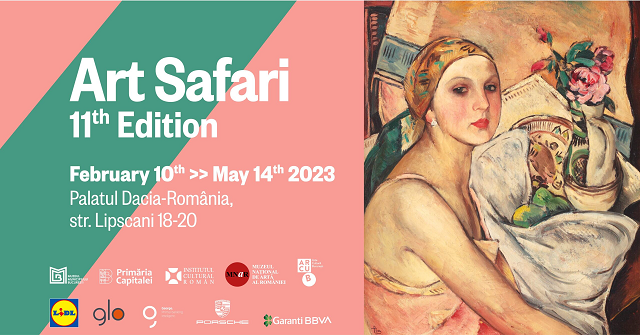
Ion Puican, 04.03.2023, 14:00
Over 600 works of art, exhibited for the general public in the Bucharest city center, in the Dacia-Romania Palace – this is what the 11th edition of the largest art pavilion in Romania, the renowned Art Safari, has to offer this year. The current edition is divided into 4 themes, namely, contemporary art from France and Romania and heritage art from Spain and Romania. During the opening, the general director of Art Safari, Ioana Ciocan, told those present at the event: “If you thought art was boring, you will change your impression the moment you step into the exhibitions curated by the guest artists. Here, at Art Safari, we will see self-portraits, scenes with peasants, spectacular lights, even dancers from the Paris Opera, canvases, oils, but also plants growing out of sneakers.”
One of the representative artists present in the contemporary art exhibition at Art Safari is Mircea Cantor, the laureate of the “Marcel Duchamp” award in 2011 at the Paris International Contemporary Art Fair. He is a contemporary artist who works in various mediums, from film and painting to installation.
He tells us more about his participation in Art Safari 2023, with two works: “It is an exhibition with the winners of the “Duchamp” prize, part of them, a curatorial selection called “Palatul Memoriei – Palace of Memory” and they invited me here with two original works. One of them is this rosette made of cans of soft drinks. The work was inspired by the rosette of the cathedral in Rennes, France, where I was a resident artist in 2007. I saw this rosette and I wanted to make a dialogue, as contemporary artist, with the old classic art. Theres also Chagall, who has these magnificent stained glass windows. The kings of France were crowned there. So its a very prestigious place and I wanted some kind of answer connected to the history of that place. While commuting between Paris and Rennes, because I was going there on the weekend, at one point I saw a beggar in the center of Paris, near the Paris city hall, who was making these “ashtrays”, as he called them, which were shaped very much like this rosette, and I liked it. It was such a revelation. I asked him if I could place an order for about two thousand such small “ashtrays” with which I was going to make this rosette. And he made them for me, and thats basically how this rosette was born from the idea of how you sublimate the ordinary into something which can take you beyond that, through an aesthetic experience, through a very well-defined artistic act. I mean, what does the spiritual mean today, the spiritual that you have before your eyes? You just have to transform it, transmit it, and emphasize it into a work of art. And this is the role of the artist in general, isn t it, to sublimate reality, not to render it as it is. There are different artists, from different spheres, with different mediums, some painting, others drawing or sculpting, others working in cinema. Clément Cogitore who is an artist I like very much, and whom I also worked with, has here, in the exhibition an excerpt that took him to the Paris Opera where he worked as set designer. I also worked there in 2019 as an artist. The second piece of work is a very special project, born from a long-term relationship with Geta Brătescu. (…) I took a whole series of photos that you can see here in the exhibition. A tribute to Geta Brătescu, this great artist, who inspired, gave courage and which an impetus to many artists of the next generation, such as myself. “
The contemporary artist Mircea Cantor also told us about other projects he works on during this period: “I work hard preparing an exhibition where Im also the curator. I would like to open it nationally and internationally. After that is the monument dedicated to Ivan Patzaichin, on which a group of five artists are currently working, which will open on September 8 in Tulcea. I was recently nominated for an award in France, “DrawingNow”, the winner of which will be decided at the end of March. There is also a book I want to have released in the fall. There are many projects.”
Mircea Cantor also told us about the awards he received throughout his career: “The Duchamp premiership is a prestigious award. Im honored, Im glad that I got it and that comes in a kind of confirmation of your career. You get the “Duchamp” prize when you already have a fairly significant visibility on the art scene. In this sense, is the “Prix Ricard” Prize, which I also received in 2004 and is the prize of the Young French Artist. So its a prize that someone believes and invests in you, in the hope that it will pay off, so to speak. Its very rare to get both awards. There are only a few of us, getting “Richard” and also “Duchamp”. But this is confirmed in time. If you win the “Duchamp” Prize does not mean that everything after is guaranteed. There are many artists who won this prize and then disappeared from the art world. Thats why I dont say it as negative or critical thing, but I think its important to stay fresh, to keep the flame alive, a responsibility for the years to come. In a way, by receiving this award, you somehow confirmed something that you have to carry on.” (EE)

